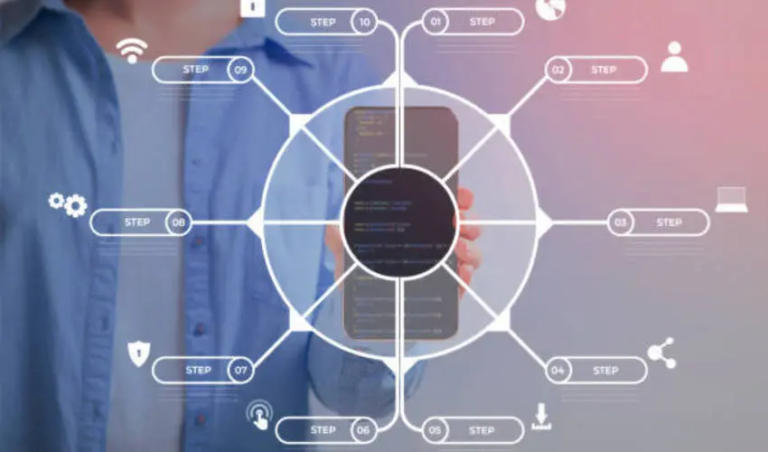The word “observability” has become very popular in the world of enterprise resource planning (ERP). Observability is the ability to trace and understand the internal functioning of the ERP systems. The analysts at Gartner suggest that observability are product incorporated to understand infrastructure, app behavior, performance, and health. In other words, observability can be defined as the amount of insight you have into the internal situation of any platform and the resulting operational effectiveness this insight provides you.
Introduction
This is not a difficult concept to identify that precise data regarding a piece of software or a complete system leads to more success with that system or software. However, a high level of observability has not always been the situation in ERP. In the past, packaged apps have been ambiguous to trace for the IT stakeholders and purchasing parties. This was always for the sake of the owner’s privacy for the system provider.
Nevertheless, the rising speed and difficulty of business requirements indicate we require more techniques to attain ideal observability. A huge quantity of data means that it can be very difficult to try to keep manual track of important data. This is when observability add-ons and platforms that automate the collection of important data can assist. This highlights the significance of ERP testing.
Practical Steps
Evaluate the present condition of your ERP ecosystem:
- What information do you have to see right now?
- Who presently has the responsibility of observing your ERP and stopping interruptions?
We sometimes witness confusion regarding this in the latest enterprises. IT teams concentrate on ad-hoc business modifications and often lose of tracking increased levels of data. You must evaluate your protocols for any issues or mistakes that are required to be addressed.
- Define Your Objectives
These goals could incorporate enhanced system performance, decreased downtime, and a lesser defect rate.
- Research and Choose Your Platform
Look at different market-available observability platforms. You must take into consideration some factors like ease of cost and use, interconnection with current systems, and scalability.
- Implement A Pilot Implementation
After selecting a platform, assess it in a non-critical and sandbox environment ecosystem.
- Implement A Slow Deployment
Slowly roll out the observability platform across all pertinent services and systems.
- Document and Train
Educate employees on the ways to effectively utilize the new platform. Prepare in-depth orientation material on it.
- Develop A Continuous Enhancement Procedure
Create a procedure that guarantees unstoppable optimization and enhancement of observability by occasionally doing so continuously.
Considerations For Success
- Arrangement With Corporate Objectives
You must see if the implementation is consistent with wider company objectives and produces solid outcomes.
- Combination With Current Systems
You must authenticate compatibility and integration capabilities to avoid any disruption. Your current systems and tools must be compatible with the latest ones being put in their place.
- Flexibility and Scalability
Select a platform that can rise as the company expands in size and can adapt to meet evolving technology.
- Compliance and Security
Classify your security needs into the necessary ones and those that are not but must be met to guarantee data safety.
Complexities And Solutions
- Skill Gap: Resolve all the skill gaps through training current employees or recruiting new talent.
- Timeframe: Estimate the application timeline, taking into consideration the difficulty of the ecosystem. Allow time for assessing and rollout to reduce disruption.
- Budget Constraints: Validate the spending by focusing the long-term benefits like improved customer satisfaction, decreased downtime, and enhanced performance.
- Struggle To Change: Manage the struggle proactively by communicating the advantages of the observability platform and entailing main stakeholders in the decision-making procedure.
- Information Overload: Create plans to manage, explain, and comprehend large quantities of data.
Conclusion
Applying an observability platform can be witnessed as an important undertaking. However, the increased control can give birth to peace of mind for leadership teams. Therefore, you must set clear objectives and resolve issues before they occur, and you will look for enhanced advantage over every one of your ERP.
Frequently Asked Questions (FAQs)
How observability In ERP can be transformed by test automation?
- Define your objectives
- Research and choose your platform
- Implement a pilot application
- Implement a slow deployment
- Document and train
- Develop a continuous enhancement procedure
What are the complexities in ERP test automation?
- Skill Gap
- Timeframe
- Budget Constraints
- Struggle To Change
- Information Overload
How to attain success in ERP testing?
- Arrangement With Corporate Objectives
- Combination With Current Systems
- Flexibility and Scalability
- Compliance and Security






